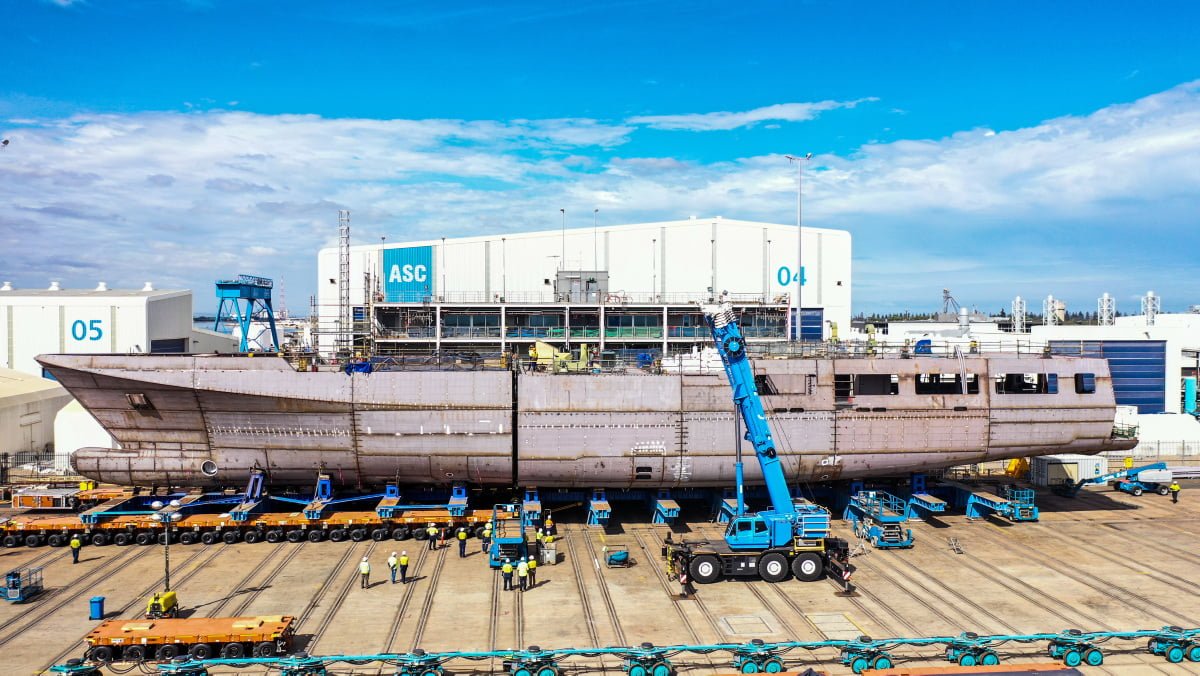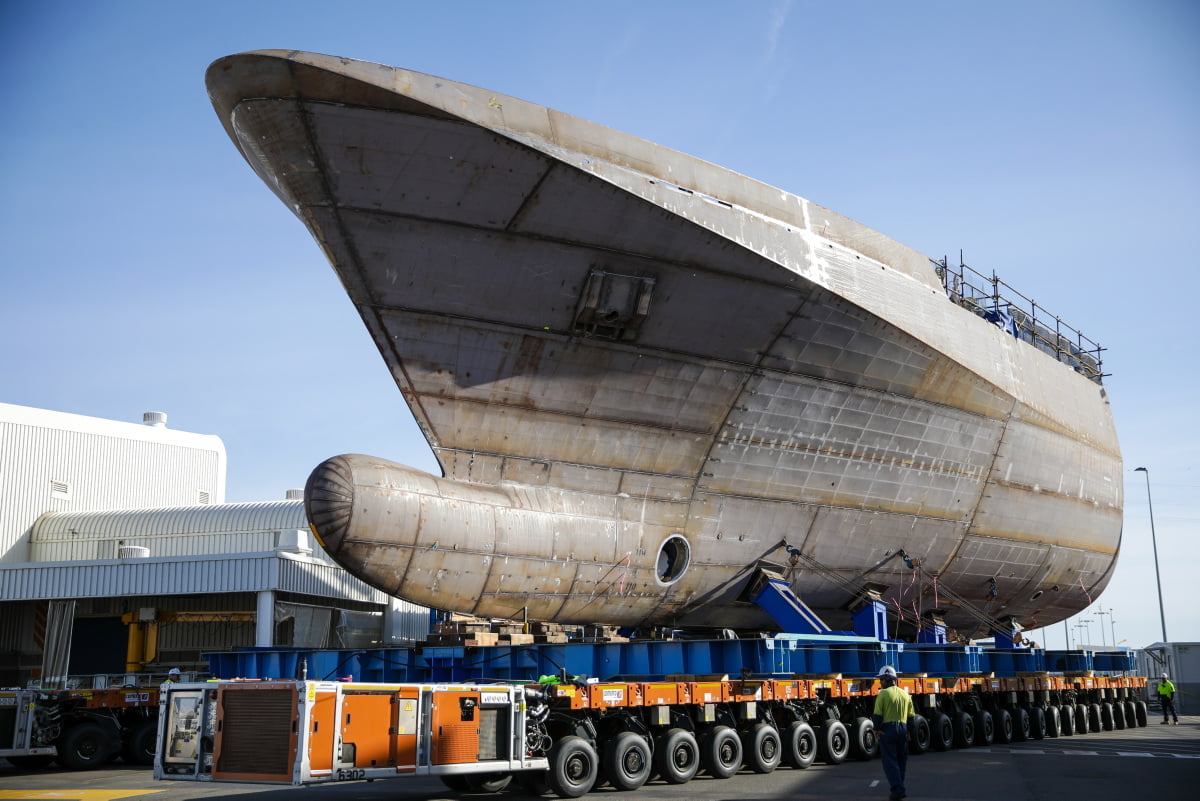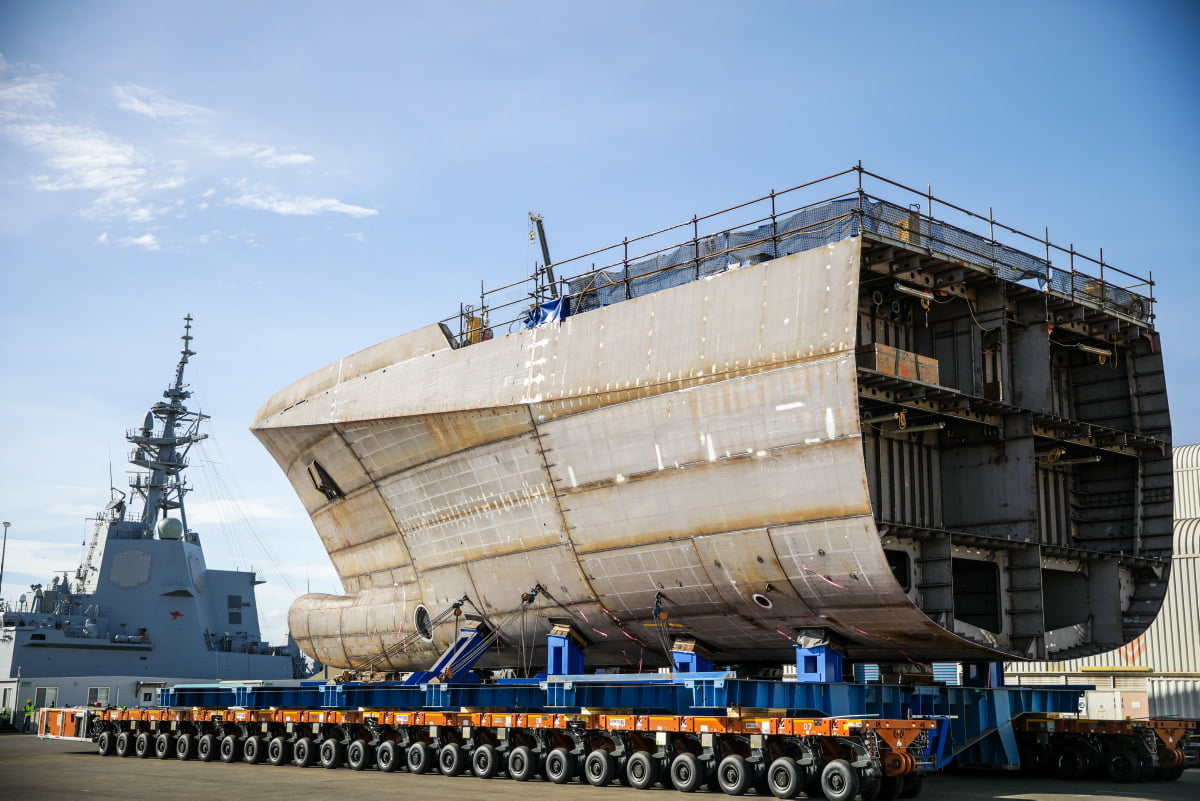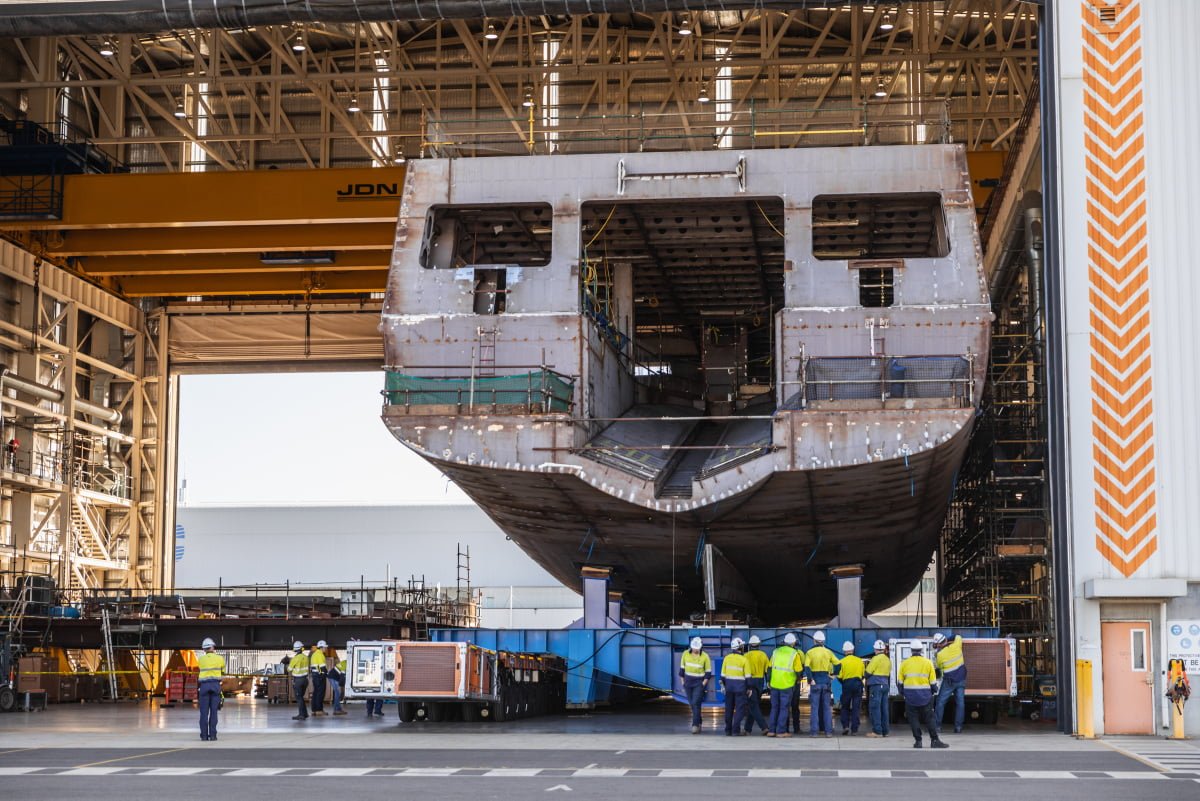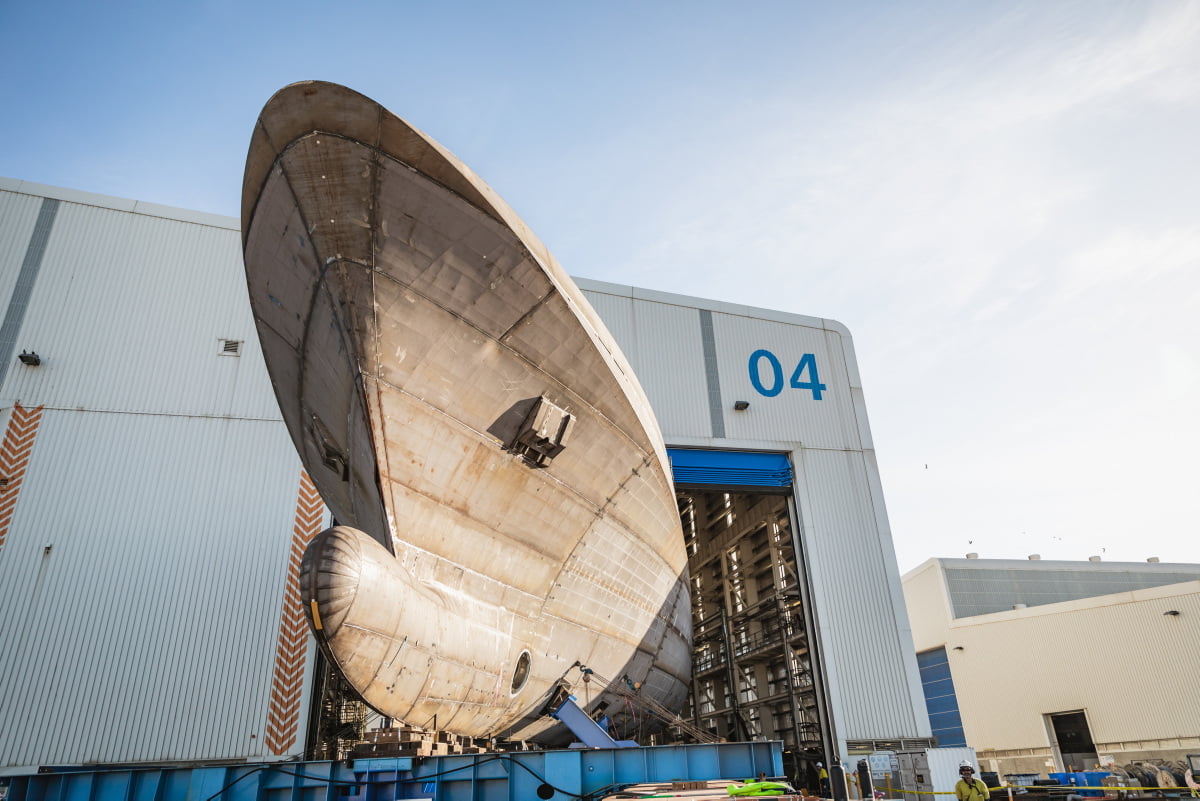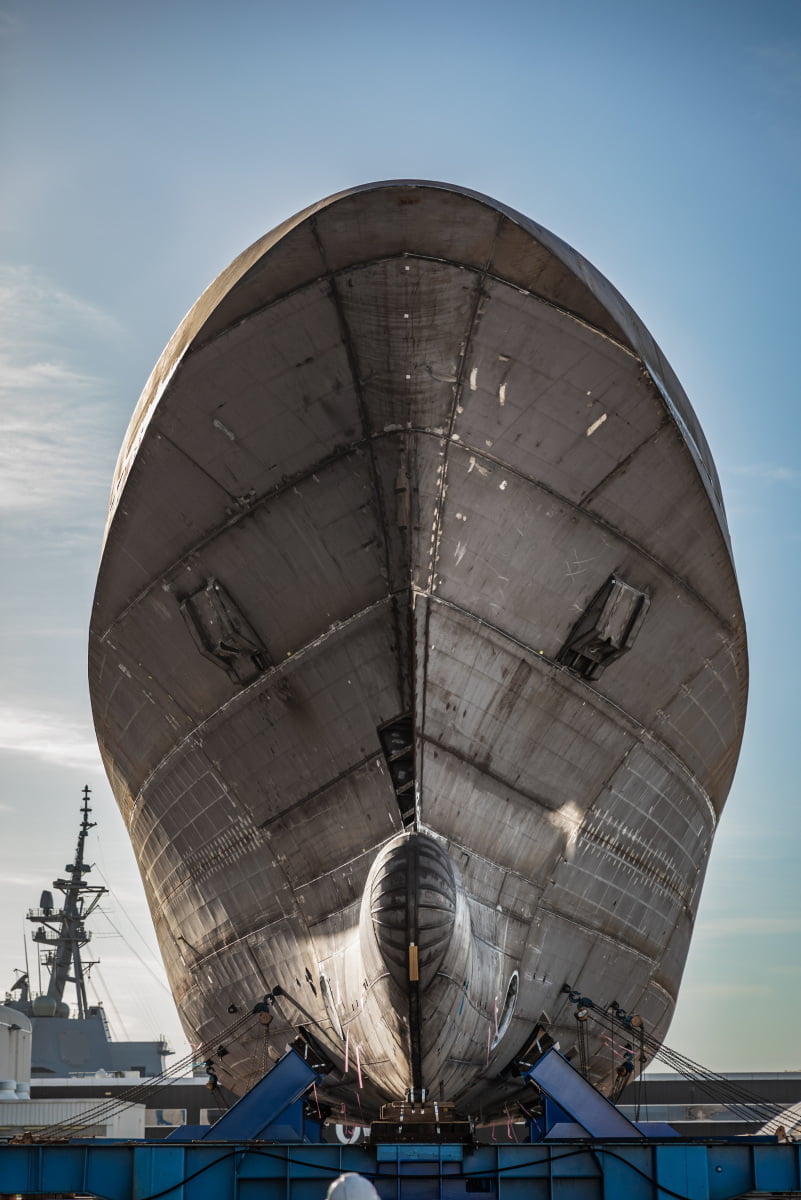By Robbin Laird
When I first came to Australia in 2014, I was asked to write a report for the Williams Foundation on their seminar on the evolution of airpower, which focused in a significant way on the coming of fifth generation aircraft and their impact on airpower modernization.
From the F-35 to working on the new build OPV may seem a strange journey, but the connectors were set in place during the several years of Williams Seminars in which I participated and have written the reports.
Over the past several years, the focus of attention broadened from air power per se to the process of transformation of the Australian Defence Force, and the shaping of what has been referred to as the process of building a fifth generation ADF.
The focus has expanded to a broader process of transformation, enabled by the coming of the F-35 and associated processes of change.
For the Royal Australian Navy, this process of change has been upon what the former Chief of Navy, Vice Admiral (Retired) Tim Barrett has referred as building not just an integrated navy but a navy able to contribute significantly to an integrated ADF.
During his presentation at the August 2016 Williams Foundation on air—sea integration, the Chief of Navy argued that
“We are not building an interoperable navy; we are building an integrated force for the Australian Defence Force.”
He drove home the point that ADF integration was crucial in order for the ADF to support government objectives in the region and beyond and to provide for a force capable of decisive lethality.
By so doing, Australia would have a force equally useful in coalition operations in which distributed lethality was the operational objective.
The Australian military is shaping a transformed military force, one built around new platforms but ones that operate in a joint manner in an extended battlespace.
They also recognize a key reality of 21st century military evolution in terms of shaping an integrated information-based operating force.
Interactive modernization of the force is built around decision-making superiority and that will come with an effective information dominant force.
To achieve the goals identified by Vice Admiral (Retired) Barrett, a new shipbuilding approach has been envisaged to shape the capabilities which an integratable force would need to have going forward.
Several new platforms emerged from the commitments of the Australian government in 2016, namely, a new Offshore Patrol vessel, a new ASW Frigate and a new build submarine.
Just listing these three patterns would in the normal course of affairs appear to be three platforms, which would be built sequentially but with separate tasks, missions and hull forms.
But the continuous shipbuilding approach articulated at the time of launching these projects has a more ambitious goal – linking these builds into a continuous modernization process in which integratability is a core capability of the evolving force.
The Arafura Class Offshore Patrol Vessel is the first of the new build platforms.
It provides the template with regard to the entire reset of how the Australians are seeking to build out their integrated distributed force.
The new build OPV is not just a new platform; it is the spearhead of a new approach.
This report draws on my recent visits to the Henderson shipyard, to Adelaide, to Sydney and to Canberra where I have discussed the new approach to shipbuilding, in general, and the new build OPV in particular.
And the importance of this effort is not just about the ADF and its way forward; this case study has significant relevance as the United States and other Australian allies work their own ways ahead with shaping an integrated distributed force.
For example, one Marine Corps aviator put it this way after reading the report:
“This is a a very interesting and informative report. I enjoyed reading it and took away a lot from their approach and emphasis on upgradeable mission systems and fusion of C2/ISR.”
You don’t just come to Darwin to kill snakes and crocks!
I did this report as a Research Fellow for The Williams Foundation.
And the report published on The Williams Foundation website is highlighted by VADM Tim Barrett AO, CSC, RAN (Retd.), Former Chief of navy and Williams Foundation Director as follows:
“The Williams Foundation research fellow, Dr Robbin Laird, has opened the aperture on the debate around an integrated 5th generation ADF with an insightful examination into the development of the Navy’s new Offshore Patrol Vessel.
“Conceived not simply as a replacement platform but as an adaptable and integrated capability within a joint force, Dr Laird presents the OPV program as a model for future capability development.
“This report compliments his previous work on 5th Generation air power Concepts within the ADF.”
http://www.williamsfoundation.org.au/News/8937002
The featured photo and the slide show below are the first shots of the first OPV being built in the Osborne shipyard at Adelaide, South Australia.
In a further milestone for the Offshore Patrol Vessel (OPV) program, the two halves of the first of class ship, Arafura, built by Luerssen Australia and its partner ASC have been brought together and welded to form a complete hull.
In what was the largest block move in the history of the Osborne Naval Shipyard and a considerable engineering feat, Australian Naval Infrastructures (ANI) operations team manoeuvred the two mega-blocks together, with only millimetres between them.


